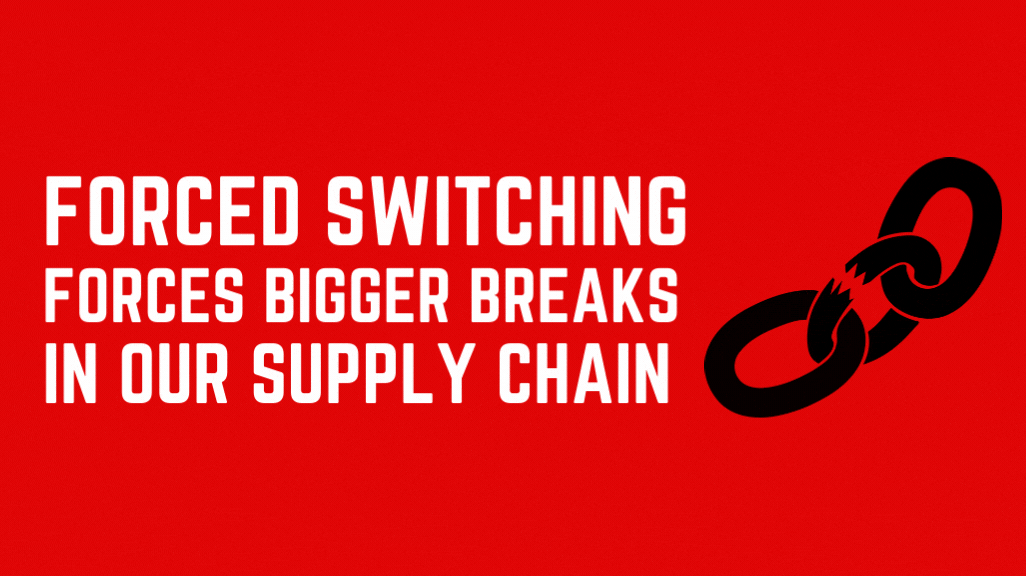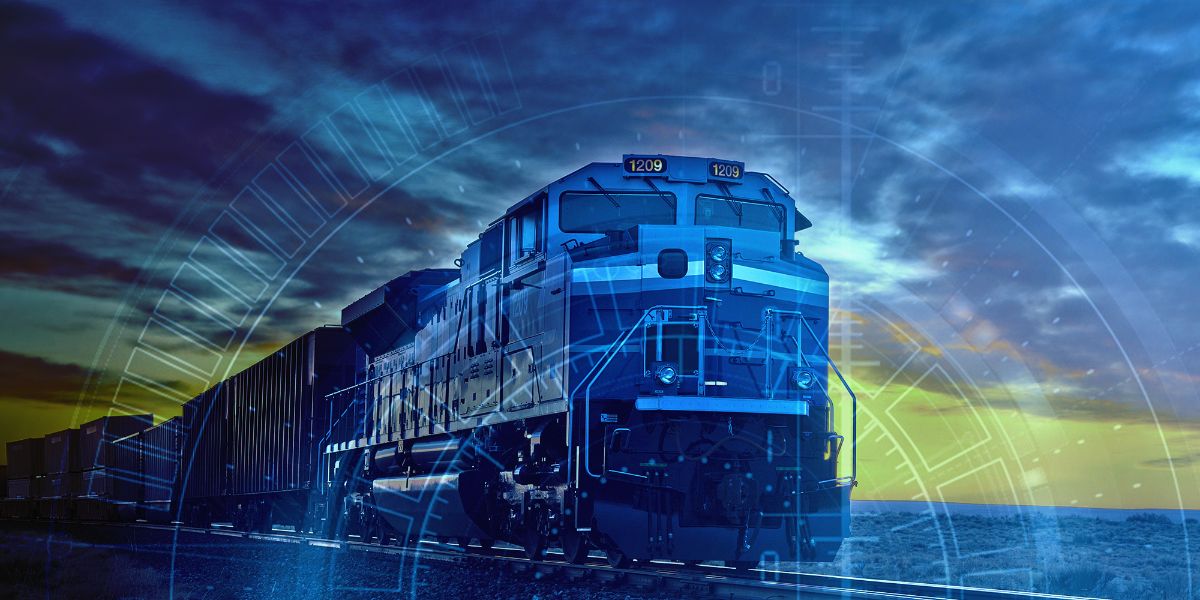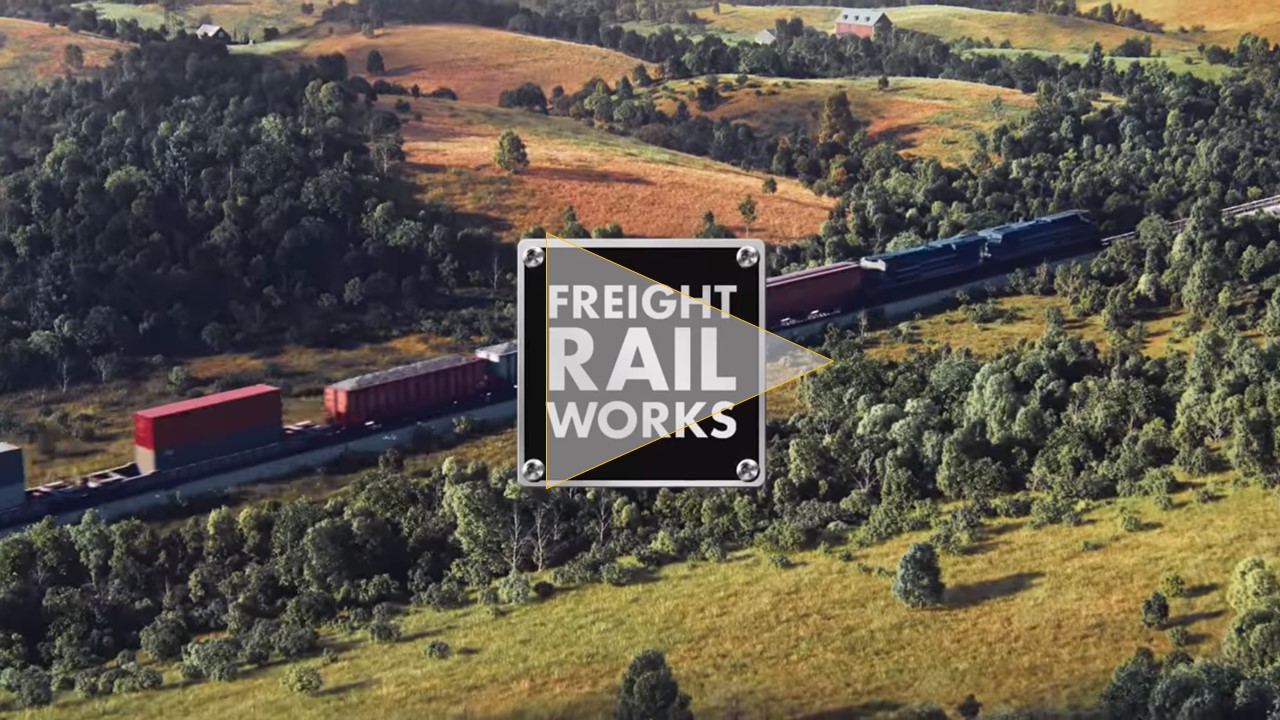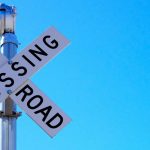Grade Crossing Safety is a Worldwide Effort 🌎 – The Signal – 6/7
Subject: Grade Crossing Safety is a Worldwide Effort 🌎 – The Signal – 6/7
The World Comes Together for Grade Crossing Safety
On June 9th, rail communities from around the world will come together during the 13th annual International Level Crossing Awareness Day (ILCAD) conference in Denver, Colorado to raise awareness of grade crossing safety. About 50 countries usually take part in the campaign and the AAR and its partner Operation Lifesaver, Inc. (OLI) are proud partners.
About 95% of rail-related deaths involve drivers going through grade crossings or a person on the tracks. With safe driver and pedestrian behavior, most of these tragedies are preventable. Thanks in part to spending hundreds of millions of dollars each year to maintain crossings and implement new technologies and to partnering with OLI on public awareness campaigns, grade crossing collisions have dropped 46% between 2000 and 2020.
“Even with this progress, we all recognize that the safest grade crossing is no crossing at all,” AAR CEO Ian Jefferies recently told FRA Administrator Amit Bose. “Eliminating grade crossings will also connect communities, reduce emissions and improve mobility in communities around the country while keeping freight moving. That is why railroads and communities have long advocated for sustained federal funding to eliminate grade crossings altogether. With the signing of the Infrastructure Investment and Jobs Act (IIJA), sustained funding has finally become a reality through the new Railroad Crossing Elimination grant program.”
Want to get involved? Use GoRail’s six-question survey tool to learn more about the program and determine whether your community may be eligible to receive funding for a crossing project.
Rail Re-regulation Undermines White House Goals
AAR CEO Ian Jefferies recently contributed an op-ed to The Hill examining how recent efforts by the Biden administration to re-regulate the freight rail industry could undermine their goals on the supply chain and the environment.
“Yet a wealth of analysis from reputable economists shows that a forced switching paradigm would slow the movement of goods, reduce investment, raise costs for many customers, add unnecessary worker risk and ultimately shift freight to more carbon-intensive transportation like trucks,” writes Jefferies. “On-time-performance of passenger and commuter railroads in cities could suffer in the process too.”
Biden Administration Announces Railroad Infrastructure Grants
Recently, the Biden administration announced $368 million in Consolidated Rail Infrastructure and Safety Improvements (CRISI) grants for 46 projects in 32 states to address issues that reduce congestion, address highway-rail grade crossings, facilitate service integration between rail and other modes, and more.
“We’ve got the largest and most extensive rail network in the world here in the U.S., and Americans deserve world class rail service to go with it,” Secretary of Transportation Pete Buttigieg said. “So it’s urgent for us to modernize our railroad infrastructure to get people and goods where they need to get faster, safer and more affordably.”
FRA Actions on Automated Track Inspection Go Against Safety
FreightWaves examines why recent actions by the Federal Railroad Administration to limit automated track inspections waivers seem to be at odds with its mission to improve rail safety.
“The only way we’re going to make significant strides in safety is with technology,” said AAR SVP of Safety and Operations Mike Rush. “[Automated track inspection] should be viewed from that perspective. We need to be able to use technological innovation — to do things differently — not only for track but for rolling stock as well. And that’s how we’re going to get to a safer place. And so this debate is part of a larger perspective in terms of how we get to a safer place.”
Freight Rail’s Connecting Industries to the Economy.
Top Industry Reads
Railway Age
RailPulse Teams With Railinc
Journal of Commerce
CP Inks Deal to Move CMA CGM Volumes in Canada (subscription)
Railway Age
Pressure on NMB to Keep Sides Bargaining
Pittsburgh Post-Gazette
Plan to Alter Pittsburgh Bridges to Accommodate Double-stacked Train Cars Moves Forward







